What is tea tree oil for its properties, and how to take advantage of it
Tea tree oil is known to have many different uses, especially in cosmetics and health, but it is also an ally to clean the house. In this article, we explain how to use it.
Australian tea tree oil is derived from Melaleuca alternifolia. It is a shrub native to Australia of the Myrtaceae family, which grows in marshy lands on the north coast of New South Wales.
It can be up to 5 meters high. Its leaves are very aromatic, narrow, and linear, 10 to 35 mm long and 1 mm wide. The white flowers grow in spikes 3 to 5 cm long, and their fruit is small and woody in the shape of a cup and measures between 2 and 3 mm in diameter.
Essential oil with various therapeutic uses is obtained by distillation from the leaves of the tea tree. As it could come from multiple plant species, there was a certain ambiguity about the product called essential tea tree oil (TEA). For this reason, the Australian Therapeutic Goods Administration has recognized the official name of tea tree essential oil, obtained exclusively from Melaleuca alternifolia, as explained by María Emilia Carretero, Senior Lecturer in the Department of Pharmacology of the University’s Faculty of Pharmacy. Complutense of Madrid.
Until the decade of the 70s of the last century, obtaining the oil was carried out from the spontaneous flora. Still, from that moment, the increase in demand originated from the renewed interest in natural remedies caused the development of crops that guaranteed the production of essential oil with stable chemical composition and in sufficient quantity to supply the world market. These crops are found in Western Australia, Queensland, especially in New South Wales, around the Lismore region.
What does the tea tree have to be so beneficial?
The active principle of the tea tree is its essential oil: Melaleuca alternifoliae petroleum, a liquid that can be colorless or pale amber and has a characteristic strong odor. Its main chemical components, although it has more than a hundred, are mono and sesquiterpene alcohols, these being the ones that stand out:
Terpinene-4-ol (29–45%)
γ -terminal (10–28%)
α -terminal (2.7–13%)
1,8-cineole (4.5–16.5%)
The leaves and essential oil of the tea tree have been used since ancient times by Australian Aborigines, especially for their antibacterial and anti-inflammatory properties. The natives inhaled the fresh leaves to treat colds or applied them as poultices to the skin to heal wounds.
The tea tree and its broad-spectrum antimicrobial activity: bacteria, viruses, and fungi
The first scientific references describing the antimicrobial properties of tea tree essential oil were published in the 1920s. In them, the effectiveness of Melaleuca essential oil and some of its isolated components are compared with disinfectants such as phenol, showing an activity up to 11 times higher for the whole oil.
Australian soldiers incorporated tea trees into their military medical equipment for the topical treatment of infections during World War II.
Nowadays, various studies confirm these properties, in addition to having demonstrated antifungal, antiprotozoal, and antiviral activity, which is why it is used, mainly topically, in various skin conditions.
The action of the tea tree as a broad-spectrum antimicrobial agent has been mainly demonstrated in vitro. Good results have been reported with its use in patients with acne, seborrheic dermatitis, or chronic gingivitis and wound healing. In the latter case, tea tree oil concentrations between 1% and 10% can promote healing due to its antimicrobial, anti-inflammatory, and debriding activity.
For her part, Professor Carretero adds that it has been proven that the tea tree has broad antibacterial activity at low doses (1% or less), in addition to a practically null possibility of generating resistance.
It is effective on bacteria that are involved in skin diseases and especially on antibiotics (Staphylococcus aureus resistant to methicillin). At dose very low behaves as a bacteriostatic. It has also been shown to inhibit bacteria such as Mycobacterium avium, Escherichia coli, Haemophilus influenzae, Streptococcus pyogenes, and S. pneumonia in aerosol form.
Its antibacterial mechanism of action is not perfectly elucidated, although it seems related to its lipophilic character.
In various skin conditions with a bacterial component such as acne, ringworm, furunculosis, vaginal yeast infection, and dandruff, it can be very effective. Also, to combat corns, warts, insect bites, lice, fungi such as athlete’s foot, and psoriasis cases.
A gel containing 1% tea tree essential oil (with slightly alkaline pH) has been shown to have preventive effects on candidal intertrigo, vulvovaginitis, and diaper candidiasis by eliminating fungi. Yeasts from the external genital area and skin folds, according to Cosmetics Herbert.
It is also an immune system booster, venous and lymphatic decongestant. This is indicated to treat respiratory tract problems and infections (flu, sinusitis, otitis, bronchitis, pharyngitis, rhinopharyngitis, laryngitis), herpes, chickenpox, and acne rosacea, oral maladies (thrush, gingivitis).
Examples of using tea tree essential oil
We leave you some specific ideas on how to take advantage of this versatile essential oil from the specialists at El Granero Integral.
Mosquito and other insect bites: use the essential oil directly on the affected area.
Insect repellent: as it is better to prevent, mix about seven drops of tea tree oil in half a liter of water and spray the house. Everything is testing.
Lice:
- Start by adding 30 drops in 100 ml to your regular shampoo. If the infestation has already occurred, apply all over the scalp and cover the head for 30 minutes.
- Use a particular finder or comb soaked in the oil to remove all the nits.
- Luck!
Gynecological infections: make sitz baths with ten drops diluted in warm water.
Warts: apply the oil at night undiluted and cover the area with a dressing. The next day, uncover it and repeat the operation until the wart disappears.
Cold sores: regularly apply with a cotton swab until dry.
Minor cuts and wounds: put the oil directly on the injury several times a day. When the crust has formed, apply the oil, this time already diluted in a base oil.
How to use tea tree essential oil to clean the house
We have seen the multiple properties of this essential oil (which, by the way, should never be ingested) thanks to its antiseptic, antibacterial, and antifungal properties. We cannot stop talking to you about its application in the home’s cleaning and disinfection, washing clothes, eliminating foul odors and mold, among other things.
1. Household multipurpose cleaner: it is fashionable to make homemade cleaners, plus it is usually cheap and ecological. This winning formula will give you plenty of joy, according to those who already use it. It involves mixing 250 ml of water, 250 ml of white vinegar, and adding ten drops of essential tea tree oil in a diffuser spray.
2. Homemade disinfectant: put tea tree oil diluted in alcohol in proportions 3% oil for 65% alcohol to disinfect objects and surfaces. For hand washing, he recommends adding 5% tea tree oil to hand soap.


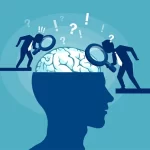


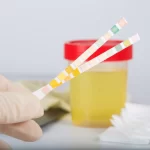
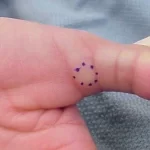
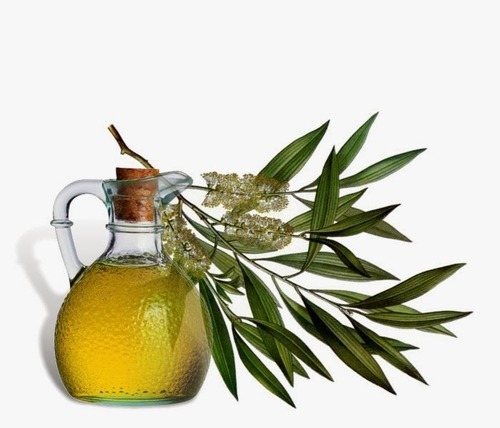
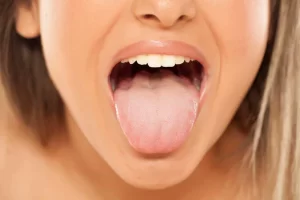








Add Comment